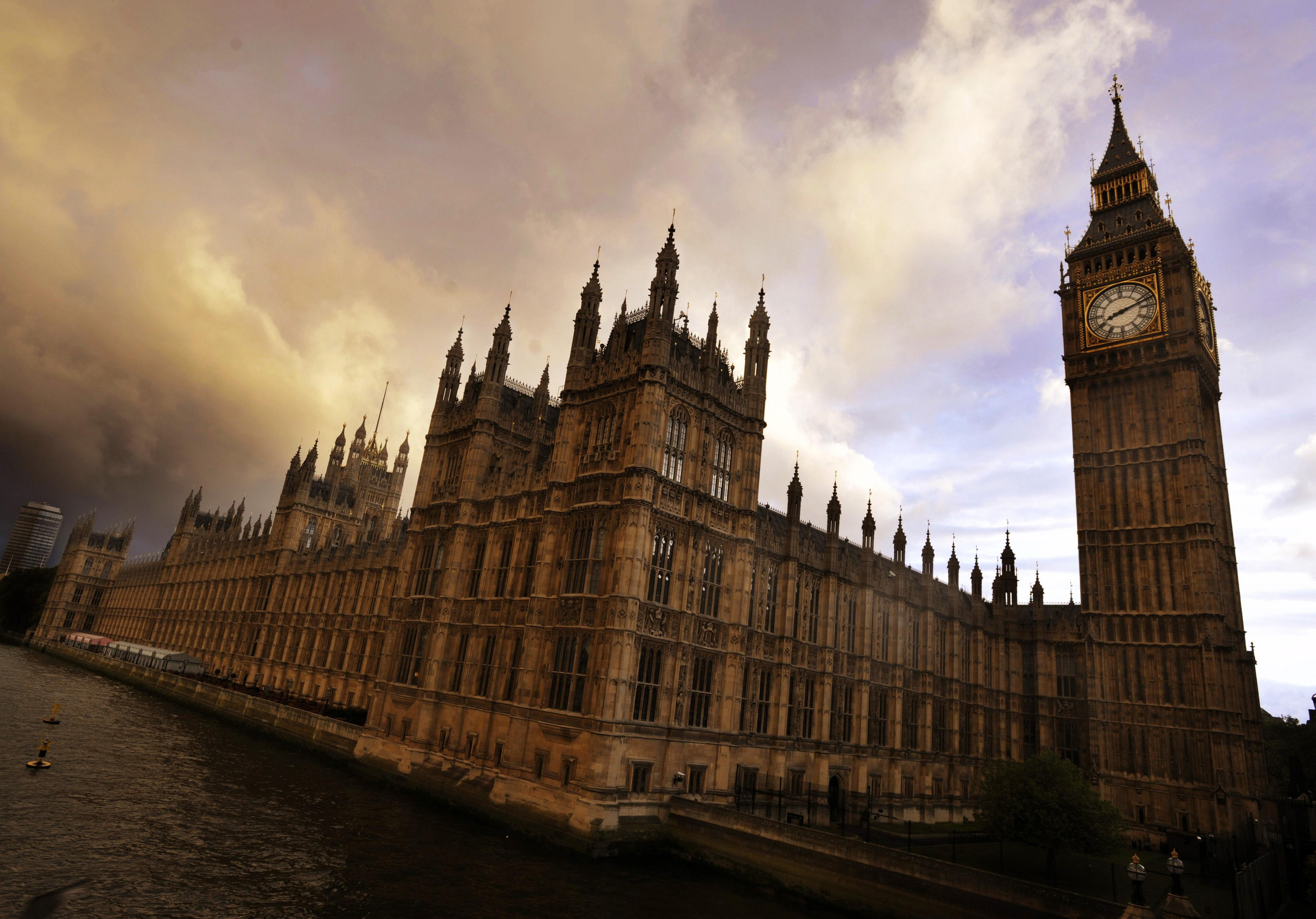
THE House of Commons has spent more than £2.4 million on non-disclosure agreements with employees over the last five years, official figures have revealed.
A total of 53 so-called “gagging clauses” were used between 2013 and 2017, costing £2,407,176.78, according to data released to the Press Association under the Freedom of Information Act.
Commons Leader Andrea Leadsom described the cost as “surprising”, while Tory chairwoman of the Women and Equalities Committee Maria Miller called for greater transparency on why the payments were being made.
Every settlement agreement included confidentiality clauses, Commons authorities confirmed, but said they do not prevent those who signed them from whistleblowing.
Scrutiny of such agreements has heightened after Angus Sinclair, a former private secretary to the Speaker John Bercow, told the BBC he was given “compulsory early retirement”, with an £86,250 pay-off dependent on him signing a non-disclosure agreement barring him from making complaints about his treatment in the House.
Mr Bercow strenuously denies the claims made against him.
Eleven agreements were signed in 2013 costing a total of £916,082.43, with 14 in 2014 totalling £405,682.08, five in 2015 costing a total of £182,706.21 and 15 in 2016 coming to £584,893.00.
Last year, eight non-disclosure agreements were signed costing a total of £317,813.06.
Commenting on the figures, Mrs Leadsom told the Press Association: “Whilst we don’t know the details of each of these cases, if any relate to the way an individual has been treated, it further highlights the importance of changing the culture in Westminster.
“It’s essential that anyone in Parliament who feels they have not been treated with dignity and respect should be able to achieve closure.
“The independent complaints and grievance procedure, which I hope will be implemented in the coming months, will help complainants achieve that by placing them at the heart of the process.
“I want all staff to be able to access the new process, to make parliament a better place to work.”
Mrs Miller said the costs amounted to a “significant amount of money”, and called for “the use of gagging clauses in so many employment contracts” to be made “a thing of the past”.
“There needs to be as much transparency as there can be as to how this money is being used and why such a relatively large amount of money was needed to deal with severance agreements.”
She added: “It can’t be the drawing up of the contracts, they wouldn’t cost that much to draw up, so it must be the amount of money that’s being paid out and salaries in the House of Commons are not enormous so that does seem to be a significant amount of money.
“There needs to be more transparency on why payments such as this are being made in the first place.”
A House of Commons spokesman said: “Like many other organisations, the House of Commons uses settlement agreements to resolve employment disputes under certain circumstances.
“The House of Commons, which employs around 2,500 members of staff, follows the guidance on settlement agreements provided by Acas and the Cabinet Office.”

Enjoy the convenience of having The Sunday Post delivered as a digital ePaper straight to your smartphone, tablet or computer.
Subscribe for only £5.49 a month and enjoy all the benefits of the printed paper as a digital replica.
Subscribe